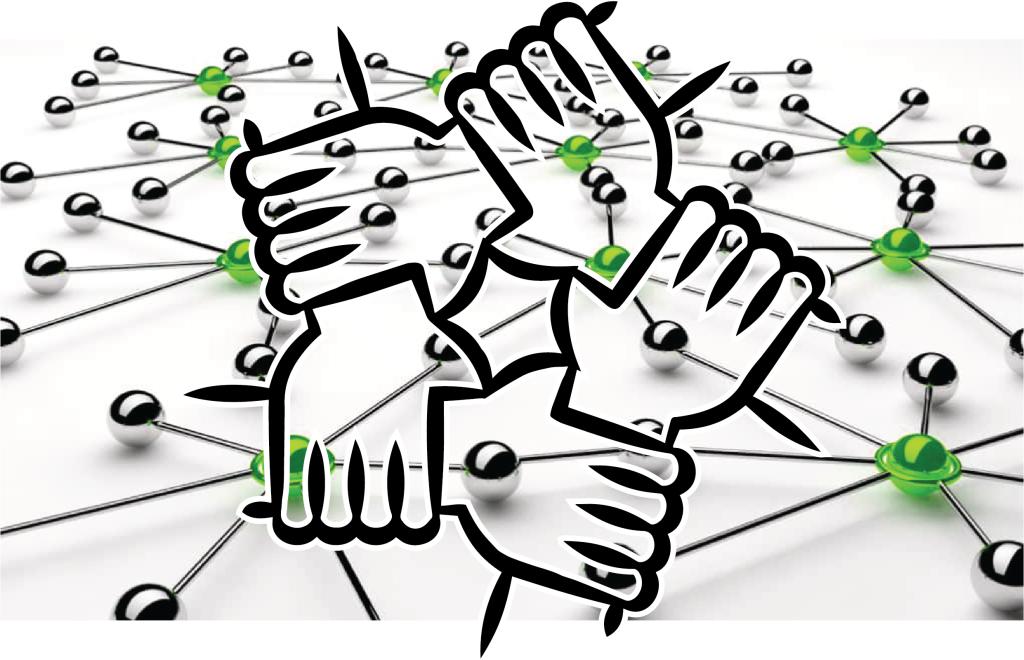
This post was first published on The Stirrer
Away from our practical grassroots activity and production of propaganda, as discussed here – Our strategy 7.11.22 – we’re striving to undertake some deeper thinking about what our anarchism means and ask some searching questions about what kind of world we’re striving for. It’s all too easy to get bogged down in day to day activity to the point where it starts to become a routine for it’s own sake rather than a means to an end. There comes a time when we have to take a step back and try to understand what motivates us to keep going when the odds always seem to be stacked against us.
Re-locating from Thurrock in the south of Essex down to Keynsham to be closer to our family has prompted us to think about what we want from the rest of our lives. That means questioning our activism and what it’s supposed to be achieving. Mind you, that questioning was going on for some time before our move. That process includes examining our relationship with the anarchist movement, such as it is… We’ve written a lot about that, probably more than we should have done to be honest! Anyway, the most comprehensive summary of where we are with this one is probably this piece: Where the f**k do we go from here? 9.10.22.
There’s only so much time we want to spend questioning our relationship with the anarchist movement. We feel we’ve pretty much said everything that can be said about that and really want to move on from this sorry saga. What we want to do is focus on what’s wrong with the system we want to rip down and what makes it seemingly keep on perpetuating itself.
What we also want to focus on is thinking about how we should relate with each other in our neighbourhoods and communities so there’s never any chance of a hierarchy re-establishing itself. Alongside of this, we want to understand how over the centuries, we’ve become more and more divorced from nature and the ecosystem that’s essential for our ling term survival. Most importantly of all, we want to work out how we can re-establish harmonious relationships with each other and with nature, of which we’re a part.
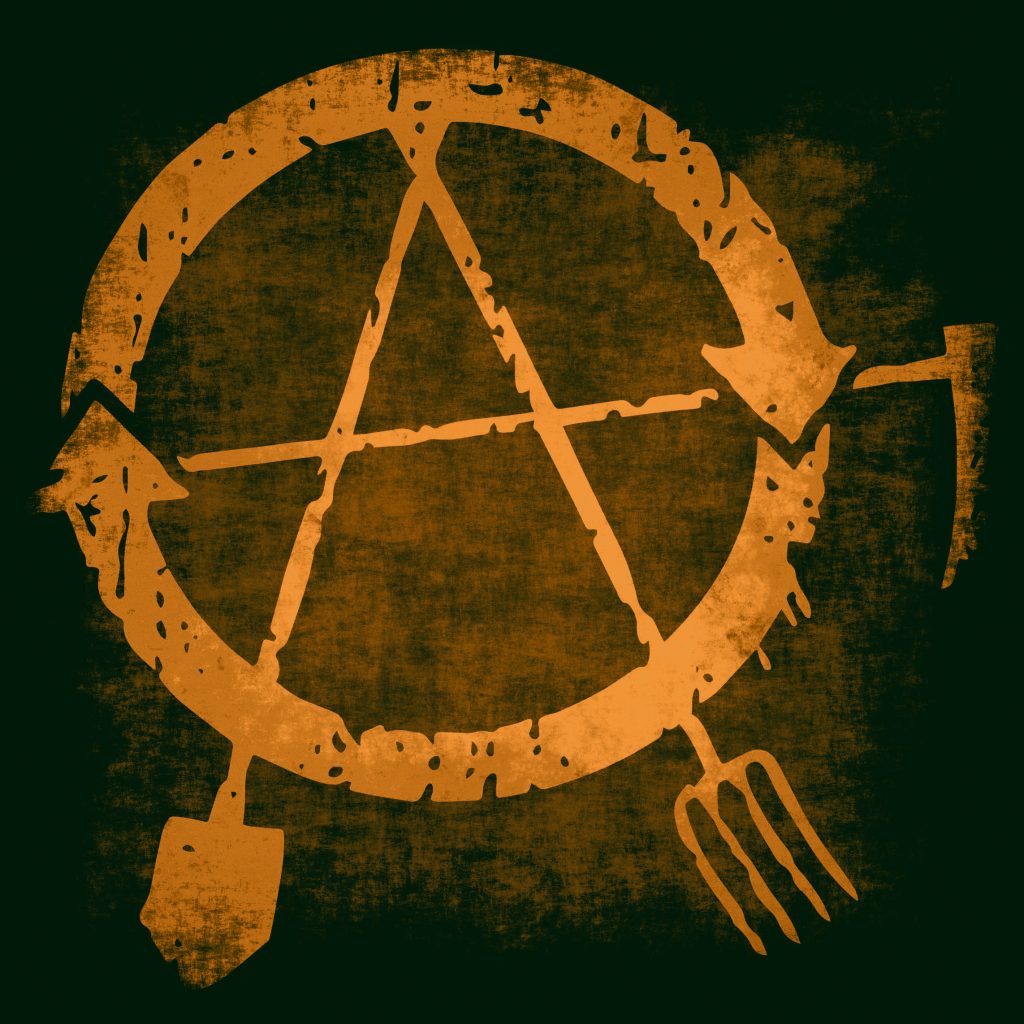
All of this is a big ask and we’re not going to pretend we can cover it in one post, albeit quite a lengthy one. This is an ongoing process and if we’re being honest, one that we’re unlikely to complete in the few decades we have left in our lives. All we can hope to achieve is flag up a few pointers and hope that others contribute to the discussion in their own way. Paul Cudenec a.k.a. Winter Oak has undertaken some pretty deep and very insightful thinking on this. Here’s just one of his writings: System? What system? 18.11.22. We’ve a lot of respect for Paul Cudenec and we’re not going to try to match what he does because we don’t have those capabilities. What we will do is try to approach this in our own way based on our own experiences…
Below is an extract from a previous piece we wrote trying to grapple with this: A bit of a situation… 2.11.22.
——————————
It’s a crisis of the spirit and of loss
When we lose our relationship with nature, we lose our sense of what is real. Reality is increasingly not what we should be seeing with our eyes and feeling with our hearts. Instead, we’re having a fake reality foisted upon us by the media, an entertainment industry that’s essentially a distraction industry and increasingly, by virtual reality and the looming nightmare of the Metaverse.
What is also under threat is our organic relationship with each other. Relationships that started to change and be fractured by the onset of the industrial revolution which tore our ancestors from their roots and threw them into the hellholes of the factories and the slums. With the advent of mass entertainment, relationships were judged by false ideals we saw on the screen. With the advent of the Net, relationships faced the threat of becoming increasingly virtual. Some have fallen for that, others continue to resist.
We are talking about a crisis of loss…
- The loss of a sense of community and belonging as people have been more or less forced to uproot themselves to move to where the work is.
- The loss of attachment to a place.
- The loss of attachment to a landscape.
- The loss of any sense of a relationship with nature.
- The loss of the familiar in a world that’s changing ever faster and increasingly, in ways we can’t understand.
- The loss of the familiar that will provoke a backlash, trust us on that…
- The loss of certainty and continuity in a rapidly changing and increasingly baffling world.
- The loss of attachment to each other that comes from having to live in a hyper mobile society.
- Now with the Metaverse, AI, ‘work from home’, the loss of any sense of workplace solidarity, replaced with an increasing feeling of isolation and fear.
——————————
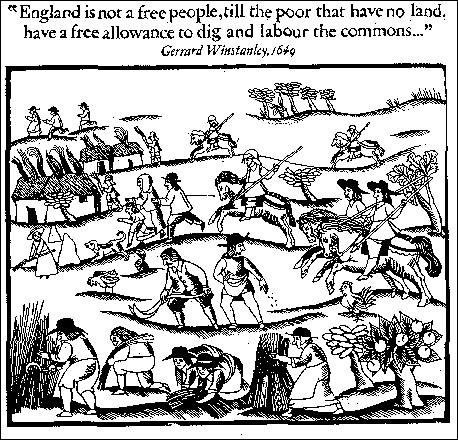
The above goes a small way towards describing the deep crisis we’re in. A crisis that’s as much spiritual as it is material. We’ve lost a lot over the centuries when it comes to our relationships with each other, the land and nature. What this piece is attempting is to prompt people to start thinking about what we’ve lost and how we can start to re-build the connections we need with each other and with the natural world that ultimately supports us.
‘Attachment, connection and a search for meaning’ is the title of this piece. Despite industrialisation and the advance of technology which serve to increase a sense of rootlessness as people are more or less forced to uproot themselves to go to where the work is, ultimately, the human desire for attachment and connection is still there. The ‘system’ has been trying to batter that out of us for centuries now, but that desire still manifests itself in various ways. That’s something we’ve found in a lot of our activism – the desire of many people to feel connected and fully part of the community they live in.
A lot of our activism over the years has been community focused. Working alongside our comrades from Basildon & Southend Housing Action on community clean ups on a few of the more deprived estates in Laindon and Vange was one aspect of this. Volunteering as gardeners at the resident run Hardie Park https://www.facebook.com/LoveHardiePark in Stanford-le-Hope was another aspect of this. Even going back to our days in the Independent Working Class Association when we stood for election in both 2007 and 2008 in the Stanford East & Corringham Town ward, a massive part of what we did was focusing on the concerns and hopes residents had about and for their neighbourhoods. That focus on community is something we’re determined to carry on with now we’ve relocated down to Keynsham.
Below, we reproduce in its entirety, a post looking at one aspect of this that was originally published on our sister blog, Grassroots Alternatives.
——————————
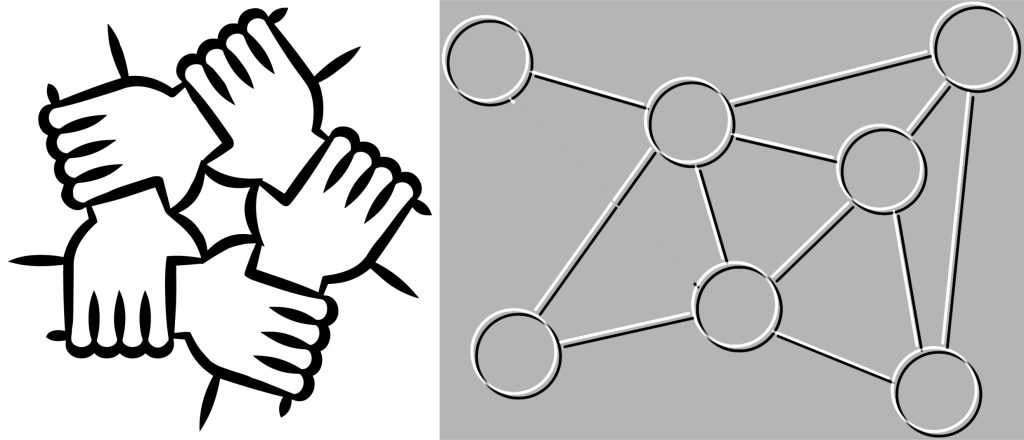
Attachment and connection 20.11.22
On Sunday 20.11, the two of us who moved down to Keynsham back in the summer were doing our routine litter pick as a part of what the Keynsham Wombles do around the town. This is part of our strategy of getting involved with and supporting local grassroots projects as discussed here: Our strategy 7.11.22 and here: Starting local and then working outwards from there 1.10.22.
The patch we were litter picking on is a series of footpaths on the edge of town by the rugby and football clubs. We had two bags, one for recyclable items and the other for general rubbish. The pick took about fifty minutes and at the end, there were a few items in the recycling bag and the general rubbish bag was barely half full. The bulkiest items in the general rubbish bag were a few burst footballs left at the side of the football pitches. When we had finished the pick, we looked at each other in disbelief at how little we had collected compared to what we would have picked up on a walk of a similar length back in Thurrock where we used to live. This was the third litter pick we’ve done for the Keynsham Wombles and it’s been the same on all three occasions – a minimal amount of litter.
Where we used to live back in Thurrock in Stanford-le-Hope, has a demographic that’s fairly similar to that of Keynsham in terms of social class. Yet Stanford-le-Hope is blighted with litter while Keynsham is pretty clean by comparison. Keynsham is not perfect and it does have it’s problems yet there’s something about the place that makes it different from where we used to live. We’ve been scratching our heads to try and work out what that is and how it helps to create a sense of community and belonging.
This is not to knock Stanford-le-Hope because there are grassroots community groups grafting away to make the town a better place to live. One of the projects we were involved with was the resident run park in the town – Hardie Park. It’s a park that fifteen years ago was pretty much a no go area, blighted by anti-social behaviour and litter. Local residents, fed up with this state of affairs, took matters into their own hands, starting out with a few litter picks and working up from there to eventually take over running the park. Hardie Park is now a much loved community asset. It also suffers very little in the way of vandalism. The reason being that because it’s a resident run park, any vandalism would be seen as an attack on the community as a whole. Having to face the ire of the community acts as a deterrent to most of the local yobs.
The problem is that back in Thurrock, there was isn’t the density of community and grassroots groups that we have down here in Keynsham. Also – and this may be an important factor – the population in Thurrock, tends to be more transient. Where we used to live in Stanford-le-Hope, many people saw that as a stepping stone on the way to moving somewhere ‘better’ such as Billericay or Rayleigh. There was less of a sense of attachment and connection to a place than we have seen here in Keynsham. When people view a place as a stepping stone rather than somewhere they’d like to live for a long while, there’s less incentive for them to get involved in any community activities that would make it a better place to live.
‘Attachment and connection’ is the title of this piece for a very good reason. A lot of what Grassroots Alternatives is about is building a sense of community cohesion and solidarity. A key part of that is having a feeling of attachment and connection to where you live. That’s regardless of where people may have originally come from. Having that is the spur to wanting to get involved in community projects to make the town you live in a better place to live. What’s important is that this feeling of attachment and connection apples to the people in your community as well as the location you live in. It’s about building the bonds with each other that will turn to solidarity when the hard times hit, as they inevitably will.
It’s about working towards how we should be living. That’s living in a community where people have an attachment and connection to the town they live in and the people they live alongside. It’s about looking out for each other, building the bonds of solidarity and caring about the locality you live in. It’s about real connections in real life, not fake ones online. It’s the opposite of what the faceless corporations and the governments who do their bidding want for us which is living in an atomised, selfish society where people are actively encouraged to compete with and fear each other. There are many more of us than them though. Whatever they try to do, they’ll never eradicate people’s natural desire for a sense of attachment and connection to place and community.
——————————
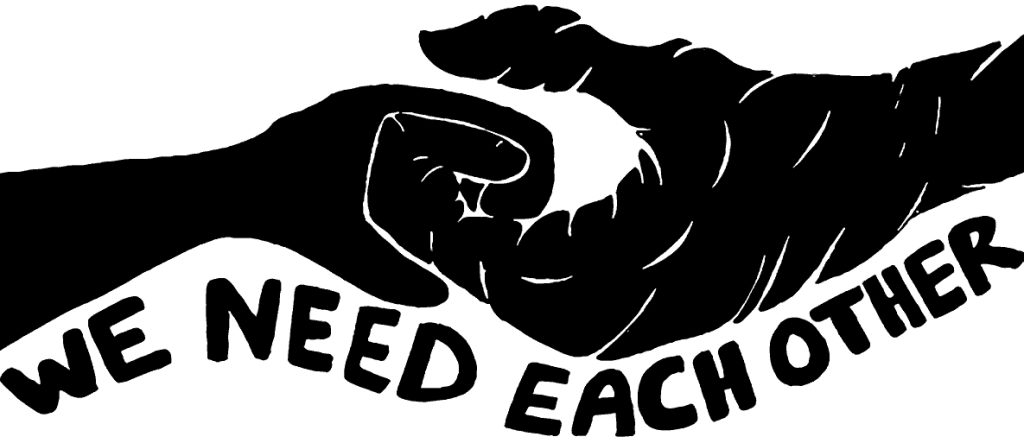
As stated previously, the above post looks at one aspect of people’s desire for attachment and connection. An aspect that to many may seem pretty humdrum and everyday but to us as community activists, has considerable resonance. That’s because if people don’t care for where they live and those they live alongside, then we’re in trouble. Trouble that will be compounded if people completely lose touch with nature and any recognition of how the natural world supports us.
The desire for connection with each other, despite the efforts of the techno-fascists who presume to dominate our lives, has not been diminished. That desire has always been a part of what it means to be human. So even when people have been uprooted or have had to uproot themselves to move far from their homelands, there has always been the desire to recreate connection and community where they end up living. The carnivals originally started by people of West Indian origin in St. Paul’s in Bristol and Notting Hill Gate in London are just one example of re-creating a sense of community and belonging.
An example of people of migrant origin overcoming the sense of dislocation that’s a part of the baggage they carry and maintaining a connection with the land that they had in their homelands is this: It can be done:) 21.10.22. It’s a piece we wrote featuring Londoners of Bangladeshi origin who despite living in council flats, are using their balconies to grow the food plants that are cultivated back in Bangladesh. This is a connection with tradition and also with nature.
If anything, the lockdowns of 2020 and the restrictions of 2021 has for many people, strengthened that desire for connection. Being restricted for a few months to the locality they lived in did prompt a fair number of people to look at their surroundings with fresh eyes. A consequence of that was a number of them deciding to volunteer in various projects aimed at making their communities better places to live.
It has to be acknowledged that the lockdowns and restrictions have moved the Overton window and life is not as it was in 2019. The bastards have got their way in leveraging the Covid crisis to accelerate the imposition of the Fourth Industrial Revolution (4IR). However, was much as they try to atomise and divide us, there are still enough of us seeking meaningful connections with each other.
The thing is being able to recognise what’s being done to us and then trying to understand the totality of that. This is something we’ve attempted to do with this piece: A bit of a situation… 2.11.22. As inferred earlier, we’re only making tentative steps to achieving this. Steps that are inevitably piecemeal with conclusions that are also piecemeal and sometimes contradictory. The biggest challenge is separating out the signal from the barrage of noise we’re being subjected to.
As we’ve mentioned in numerous previous posts, there’s little in the way of joined up thinking. Which makes it very hard to tease out the signal from the noise. Joined up thinking is a precursor to the kind of holistic thinking that can start to place us alongside each other in solidarity and within nature instead of destructive competition, atomisation and domination. Holistic thinking that at some point, has to acknowledge there’s a spiritual dimension to how we live which cannot be ignored.
The problem is that in an age of more media channels and outlets than ever before, it’s becoming harder to focus and think deeply. There are too many distractions and diversions as argued in this piece:
——————————
Reacting to change… 12.8.22
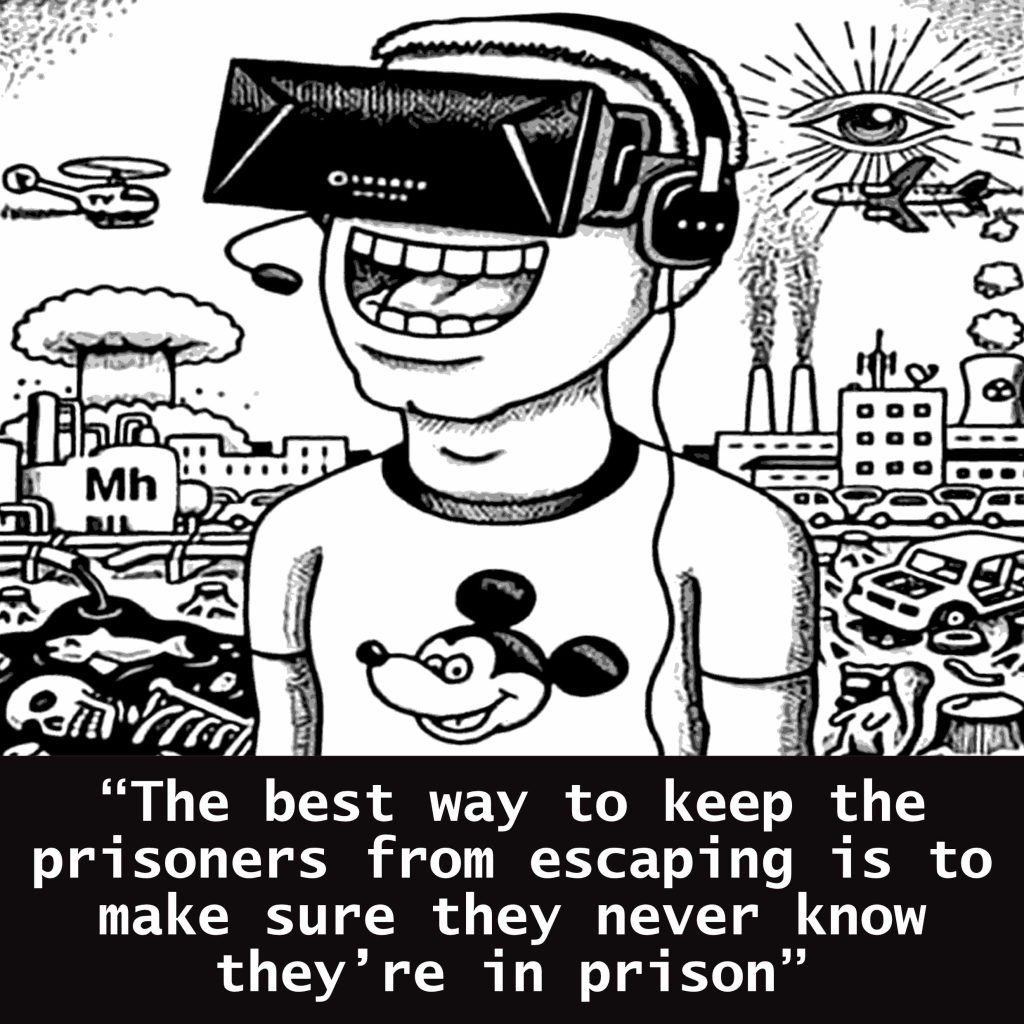
Mass entertainment that was to be consumed as a product in opposition to the folk, do it yourself entertainment that people used to create for themselves. Mass entertainment that acted as a distraction from the drudge and slog of industrial life. Mass entertainment that aimed to either pacify, or sate with sensationalism, rather than allow people to develop their own amusements that would allow them to bond with each other. While it may appear that mass entertainment has dumbed people down, you don’t have to scratch too far beneath the surface to see that in one way or another, people have always been seeking ways of building a sense of community and identity with each other. Needless to say, a lot of the time, these efforts at building a sense of community and belonging have had to adapt to the culture of industrialism.
——————————
On top of this, there are the burdens of busy lives, pressures, distractions and for a growing number of people, a day to day struggle simply to survive. When you’re locked into this cycle, it’s nigh on impossible to find the time to do any deep thinking about how we can find any sense of attachment and connection, let alone meaning in our lives. Which is precisely what the bastards who presume to rule over us want. They want us pressurised, anxious, fearful of each other, distracted and all of the rest. The last thing they want is for us to get together to develop connections that mean something to us and where we can help each other to start asking some deep questions about why we are where we are.
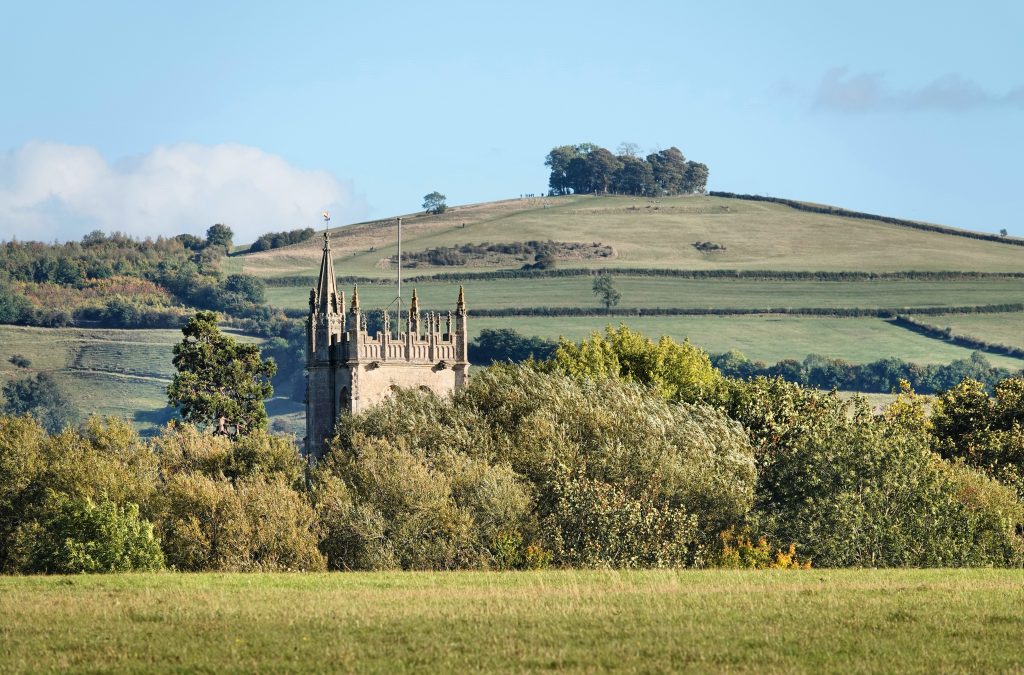
When you look back through the history of humanity, it’s full of celebrations and rituals that bind us to each other, to the place where we live and in many cases, to the nature that supports us. Maybe it’s because it’s late autumn and we’re heading into the days of winter darkness, but we’ve been thinking a lot about the celebrations and rituals that mark the winter solstice. Celebrations and rituals that acknowledge the passing of the seasons and how, despite all of the trappings of industrial civilisation, we still have a deep seated need to mark the passing of the shortest day and the slow return of the light.
The two of us behind this project recognise that we’re fortunate in living close to the countryside where we can escape to and connect with nature. That means taking notice of the changes to the flora and fauna that signal the passage of the seasons. It also means acknowledging the power of nature when heavy rain makes the waters in the River Avon rise, leading to a speed of flow that demands absolute respect. It means having the time to simply stop, take in our surroundings and start to put things into some kind of perspective. It’s reinforced a connection that’s always been there and one we’ll resist any threat to.
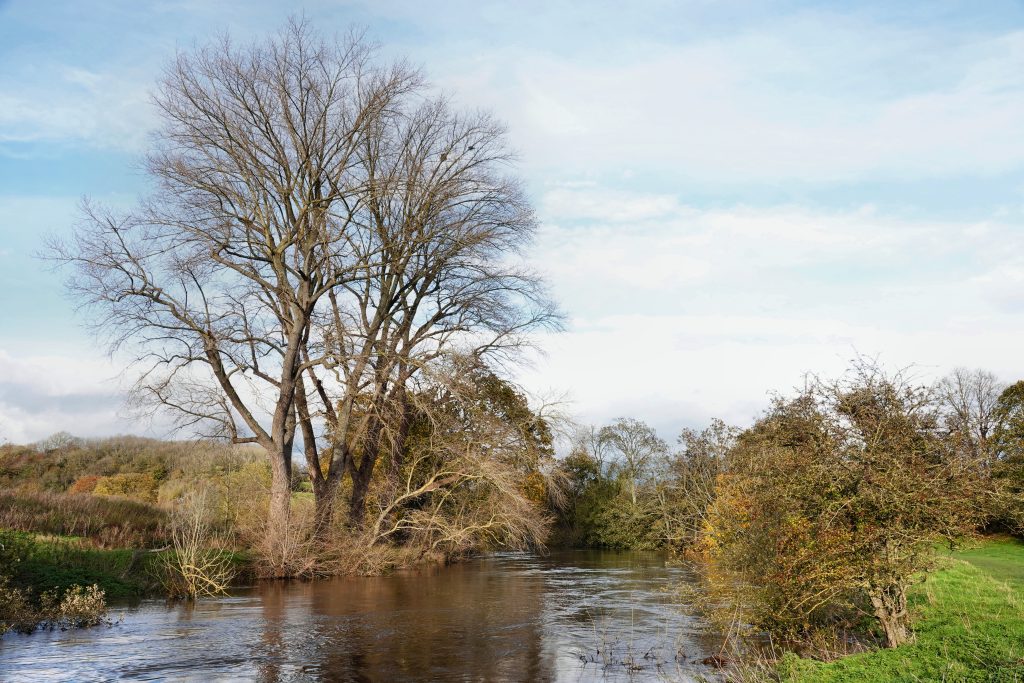
As an aside, ironically, with the increase in working from home, people are actually taking more notice of what happens to where they live and as a consequence, are more motivated to get involved and take care of it. When we’ve been out working on the vegetable plot in the park in Keynsham, we’ve met people from our block who work from home and have come out for half an hour or so for a screen break to appreciate what their local park has to offer. As a consequence, they’re taking more of an interest in what happens to it. Unintended consequences and all that as they say…
All of this leads to a realisation that a society structured around endless growth and intense competition is not only not sustainable, it’s spiritually damaging. Because it’s presented as the only option, people do their level best to try to adapt to it. Many manage a facade of going along with it while denying the damage it’s doing to them. Some fail to cope with it and effectively, ‘go off the rails’. Some try to rebel against it with varying degrees of success. Try as the bastards might with their attempts to distract, confuse and divide us, a growing number of people are waking up, questioning what’s being done to us and starting the search for a more meaningful alternative.
Among the various currents of protest against the way the Covid situation was leveraged to accelerate the 4IR, there are those of us doing what we can to join the dots and understand what’s being done to us and why. In the process of doing that, a fair few of us have moved beyond the political labels we once had and we once, sometimes proudly, wore. We’ve moved beyond the dichotomy of left and right. New battle lines are slowly emerging where those of us who value community, solidarity, attachment, connection, nature and spirituality are standing against the techno-fascist elites who want to shred every vestige of our humanity. What we’re also standing against are the ‘useful idiots’ who, wittingly or unwittingly, do the bidding of the techno-fascists.
We’re in confusing and contradictory times where it’s difficult to work out who we can and can’t trust. Some former comrades have turned out to be a disappointment at best and at worst, become toxic enemies. On the other hand, we’re finding new friends and allies all of the time. Friends and allies who not only have a sense of the importance of connection and spirituality, but who are not tied down by a rigid adherence to a particular position and can allow themselves to question and think freely.
To try and summarise as best we can, we’re on a journey through uncharted territory. We know that those pushing the 4IR are waging a war on what it means to be truly human. We know that one of their tactics is to undermine our sense of physically belonging to a location and a community. We know that they want to make as much of our existence as possible ‘virtual’ and also, trackable and ultimately, more subject to control. While a fair few people have willingly allowed themselves to be sucked into this, a fair few more are at least questioning, if not actively resisting what’s being done to us. For sure, we have got a long fight ahead of us. However, one thing that keeps us going is the large number of people doing what they can to make the world a better place as can be seen here: The Directory and in these subsections here: Avon: Projects & campaigns and here: Essex: Projects & campaigns. Their commitment to place, community and nature alone gives us the heart to keep carrying on…
IMG_POST_135_241122_food_supply